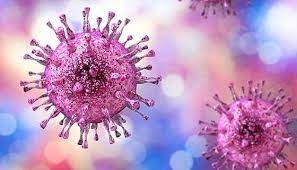Beijing: A team of scientists in China have discovered never-before-seen viruses from rodents that have the potential for spillover to humans, sparking the next pandemic risk.
The teams from Chinese Academy of Medical Sciences & Peking Union Medical College found the viruses, including one belonging to SARS-CoV-2 — responsible for Covid-19 pandemic — from 682 anal and throat swab samples collected from 341 rodents in Hainan Province, in China between 2017 and 2021.
The findings, detailed in the journal Virologica Sinica, the publishing arm of the Chinese Society for Microbiology (CSM), showed that the viruses belong to 22 families including arenavirus, coronavirus, astrovirus, pestivirus, parvovirus, and papillomavirus.
According to researchers, the pathogens had a “high probability” of infecting humans if they ever cross the species barrier.
They called for further experiments on the viruses to determine exactly what their effects on humans could be.
Of the novel viruses, a new coronavirus dubbed CoV-HMU-1 was found to be a betacoronavirus — a sub-genre of coronaviruses which includes Covid.
Several new pathogens found in other groups of viruses included two new pestiviruses, which are related to yellow fever and dengue; a new astrovirus, a family of viruses that cause infections like stomach bugs; two new parvoviruses, which can cause flu-like symptoms; and two new papillomaviruses, a family of pathogens that can cause genital warts and cancer in people.
The study also discovered new pestiviruses and parvoviruses in Edwards’s long-tailed giant rat and the Sikkim rat species — neither previously known to harbour the pathogens.
“The results expand our knowledge of viral classification and host range and suggest there are highly diverse, undiscovered viruses that have evolved independently in their unique wildlife hosts in inaccessible areas,” the researchers said in the paper.
“If these viruses cross the host barrier, they are highly possible to cause zoonosis.
“The pathogenicity and associated impact of these novel viruses on humans and animals should be evaluated in further studies.”
–IANS


Comments are closed.